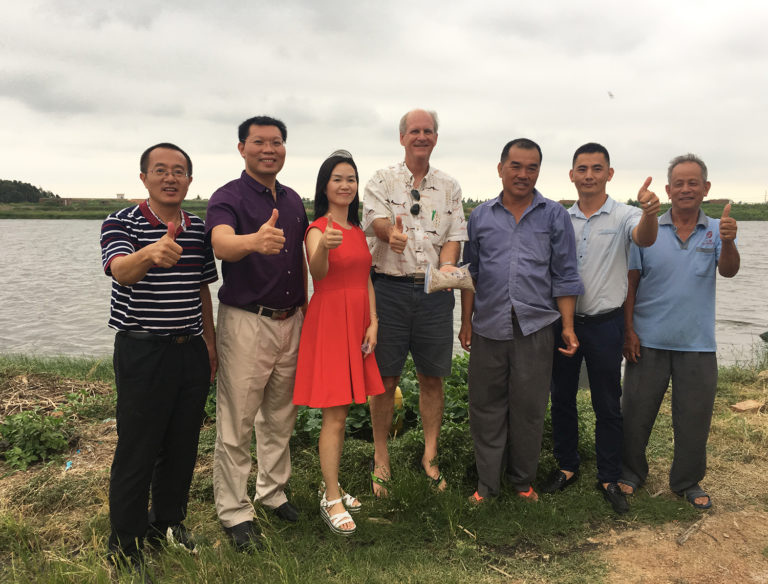
Aquafeeds
Aquaculture feed producer Evergreen wins F3 Challenge
The inaugural F3 Challenge sought to drive innovation in the aquafeed sector and reduce aquaculture's reliance on marine ingredients like fishmeal and fish oil.
Aquafeeds
Aquafeed formulas should perform under an optimal set of processing parameters to achieve desired attributes, maximizing nutritional value and extruder output.

Aquafeeds
The inaugural F3 Challenge sought to drive innovation in the aquafeed sector and reduce aquaculture's reliance on marine ingredients like fishmeal and fish oil.
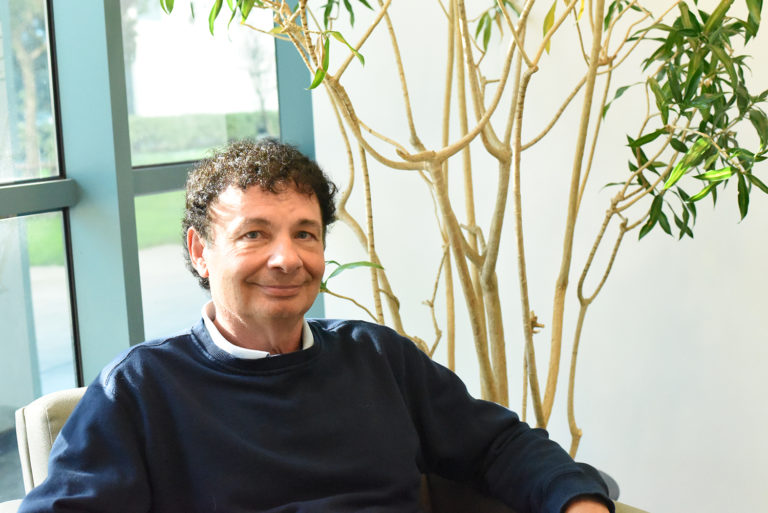
Innovation & Investment
A proliferation of alternative feed ingredients has allowed aquaculture to extend the natural resources it depends on. AlgaPrime, packed with the long-chain omega-3 fatty acid DHA, is being recognized as a game-changing innovation for aquaculture feeds.
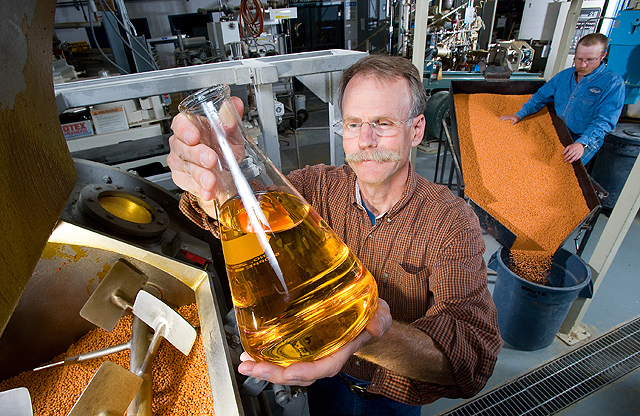
Aquafeeds
Building off the success and excitement of the fish-free aquaculture feed cash-prize contest that concludes this fall, the F3 Challenge has set its sights on a new target: fish oil alternatives.
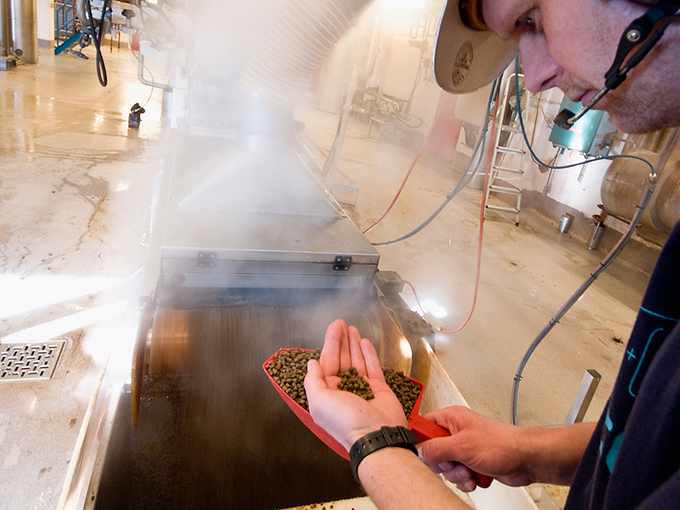
Aquafeeds
Like so many innovative solutions achieved in digital technology, a potential fix to aquaculture’s existential issue – the sustainability of feeds – was born in Silicon Valley. In a garage, no less.
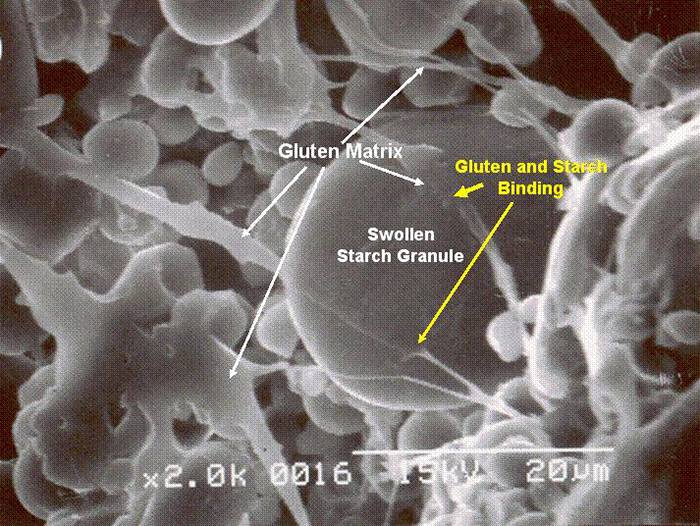
Aquafeeds
Preconditioning is an important step in the manufacturing of aquafeeds, because it increases the moisture content and temperature of ingredient meal particles, which is key to reach a high water stability desired in aquafeeds. Pre-conditioner efficiency requires consistent particle size and adequate mixing, residence time and fill ratio.
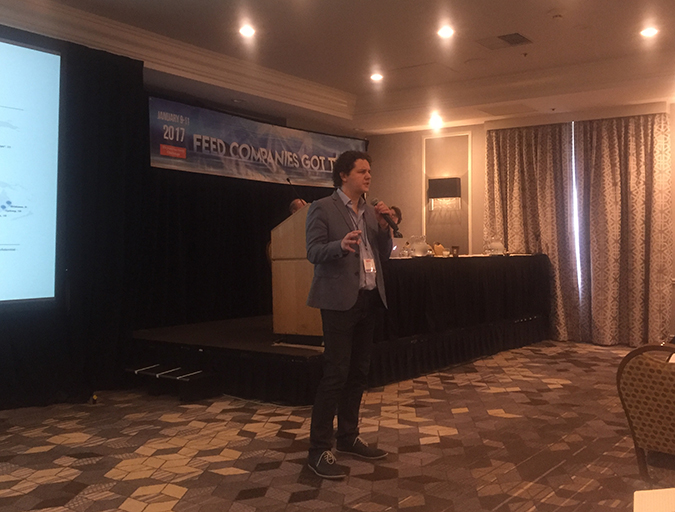
Aquafeeds
Los fabricantes de alimentos acuícolas y proveedores de ingredientes alternativos para alimentos de todo el mundo se reunieron en Silicon Valley para el F3, el concurso de Alimentos sin Pescado (Fish Free Feed). En el centro de la innovación, las soluciones a un problema global estaban en plena pantalla.
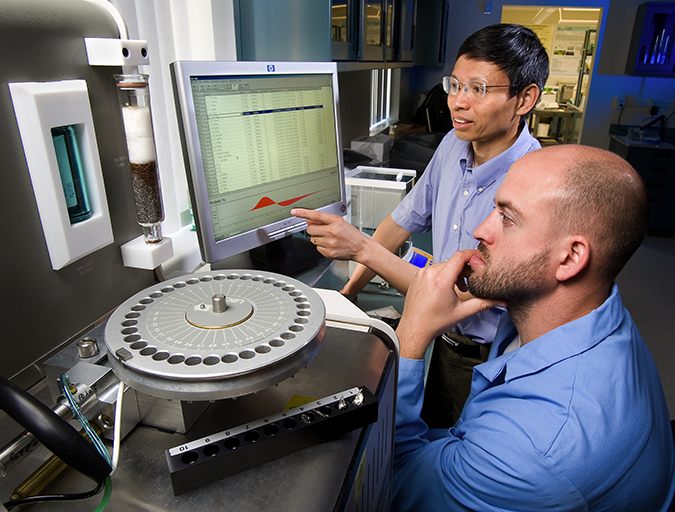
Aquafeeds
What started out as a simple yet ambitious contest to drive innovation in the aquafeed sector has evolved into a fully global competition – and collaboration – amongst ingredient suppliers and feed manufacturers.
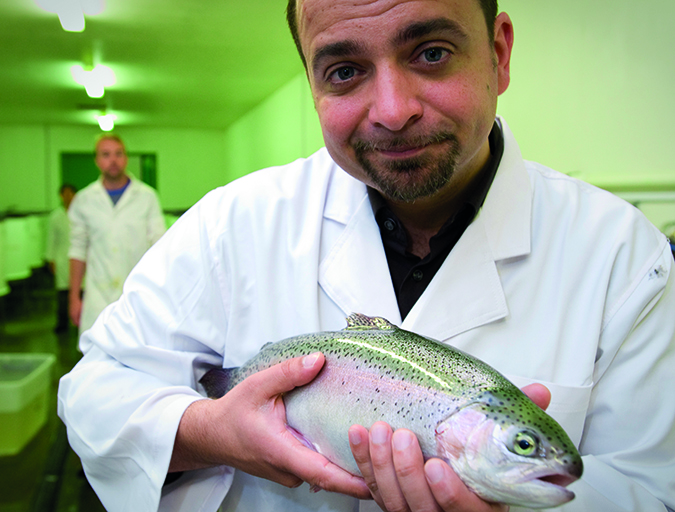
Aquafeeds
In the second part of our interview with the associate head of research at the School of Life and Environmental Sciences at Deakin University (Australia) he discusses the various alternative sources of omega-3 fatty acids coming on to the market and why research is crucial to advancing aquaculture.
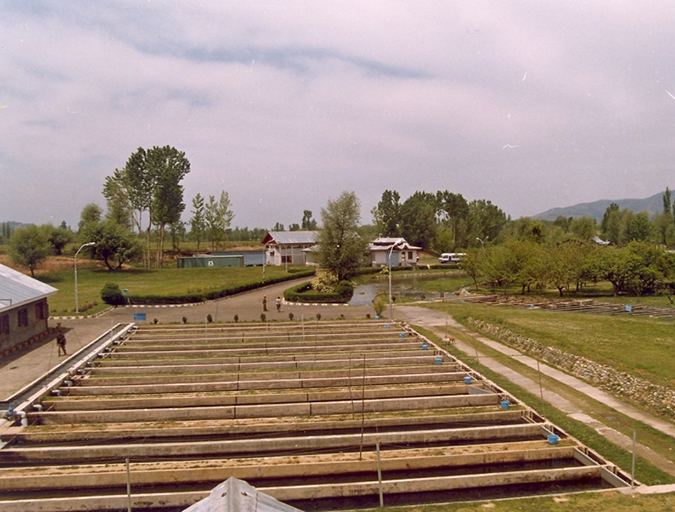
Intelligence
India has a small trout farming industry in the Himalayan and Southern Peninsula areas. Even though current annual production is only a few hundred tons, the country has many areas that, although geographically difficult to work in, also offer excellent, very large habitats and conditions for trout culture.
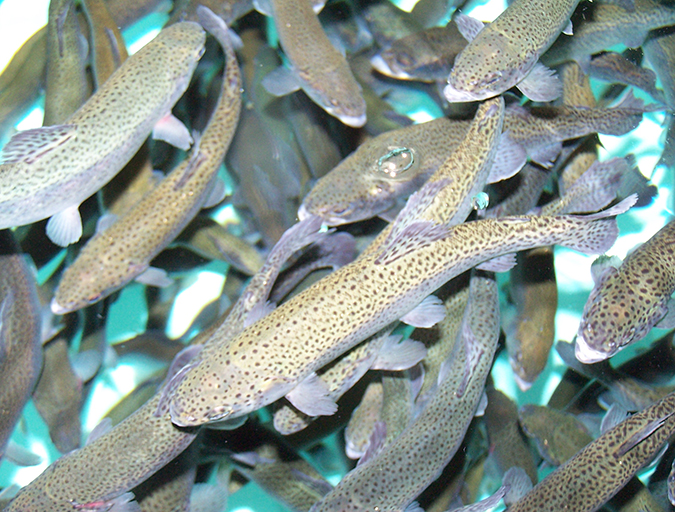
Aquafeeds
At the biannual International Symposium on Fish Nutrition and Feeding in Idaho, experts from around the world will discuss fish nutrition and health, feed research, cellular nutrition, nutritional modeling, nutrigenomics and effective feeds for quality consumer products.
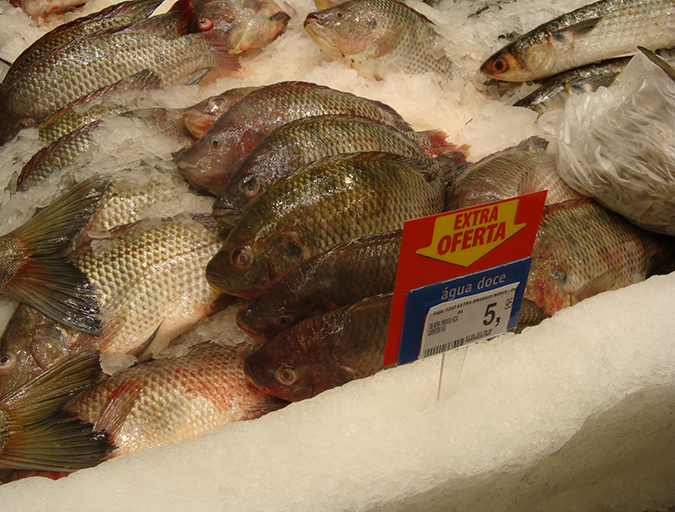
Intelligence
La acuacultura de camarón marino y tilapia en Brasil se inició con una orientación a la exportación de sus productos. En 2003, más del 60 por ciento del camarón cultivado fue vendido en el extranjero. La industria de la tilapia soñaba sobre la exportación de filetes frescos a los Estados Unidos y Europa, y logro exportar algo.
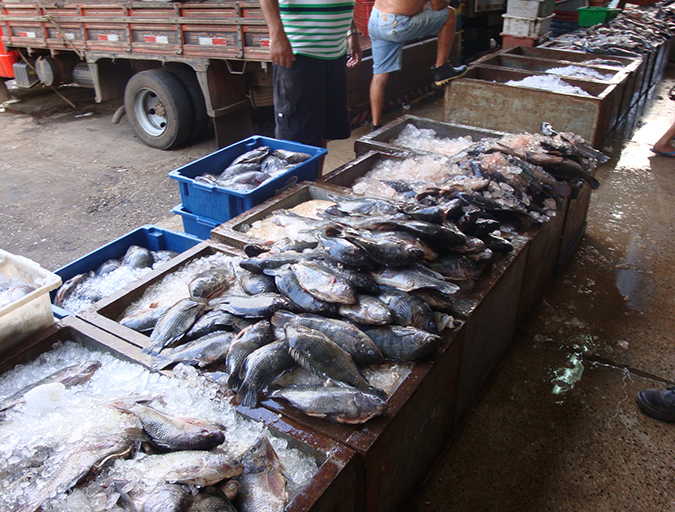
Intelligence
Brazil will have to deal with an adverse economic and political environment in the next few years. One should expect high value fish products like shrimp, tilapia, Chilean salmon and cod being replaced by more affordable seafood and alternative meats, as consumers keep losing purchasing power due to inflation, unemployment and monetary devaluation.
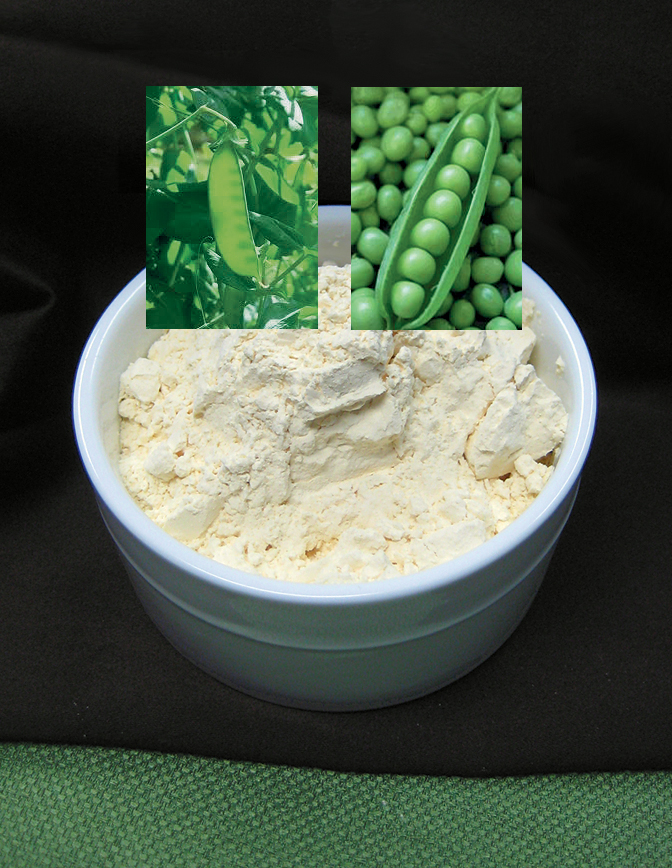
Aquafeeds
Facing shifting pricing and availability for traditional aquafeed ingredients, formulators are increasingly moving toward alternative starch and protein from plant sources like pea products.
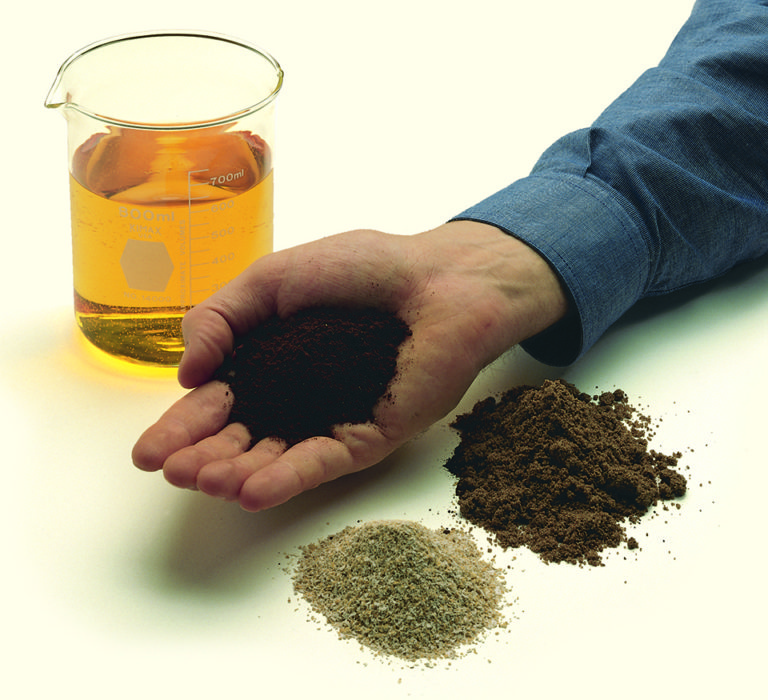
Aquafeeds
Key molecules found in animal byproduct hydrolysates show potential for use as functional ingredients in aquaculture feeds. Animal co-product hydrolysates from slaughterhouse waste and rendered animal byproducts present a protein alternative.
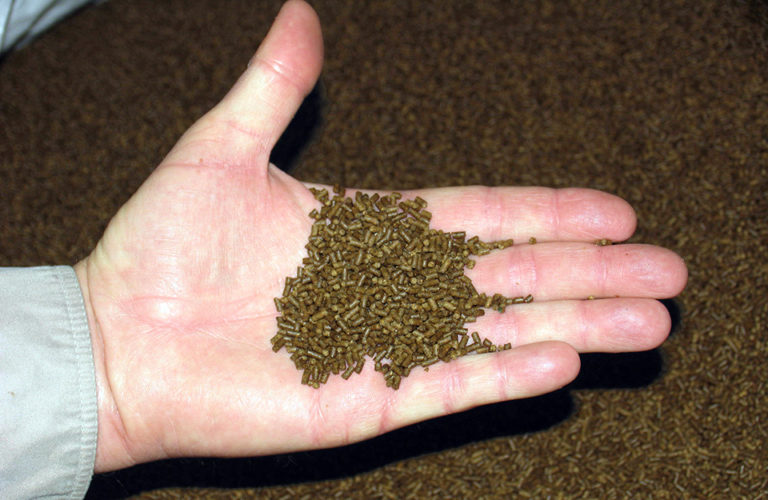
Aquafeeds
Mycotoxins are naturally occurring, toxic chemical compounds produced by molds. When they infect aquaculture feeds and feed ingredients, mycotoxins can affect growth, reproduction and immunity in fish.